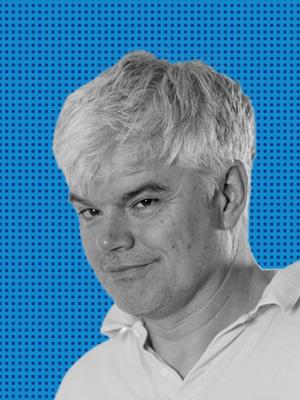His career
After receiving his PhD in computer sciences from Université de Rennes I, André Seznec joined the Inria research centre in Rennes in 1986. In 1994, he became senior research scientist and CAPS project-team leader (compiler, parallel architecture, and systems), a position he held until 2008. In 2009, he created the ALF team, which he currently leads. From 1999 to 2000, he spent a year in the laboratories of the manufacturer Compaq in Massachusetts.
At the start of his career, André Seznec worked on the architectures of supercomputers intended for scientific applications. In collaboration with other members of his team, he worked on the design of high-performance computing software and architecture simulation. Starting in 2002, in collaboration with a cryptography expert, he designed an unpredictable random number generator. Since 1991, his main research activity has focused on the architecture of microprocessors. He has particularly worked on pipelining, multithreading and multi-core processors. His most recognised contributions involve the structure of cache memories and branch predictors.
Throughout his career, André Seznec has supervised 15 PhD theses, published more than 20 articles in international journals, and presented 40 papers at the major conferences devoted to computer architecture, including 13 during the International Symposium on Computer Architecture (ISCA). In 2010, he presided over the ISCA conference in Saint-Malo.
